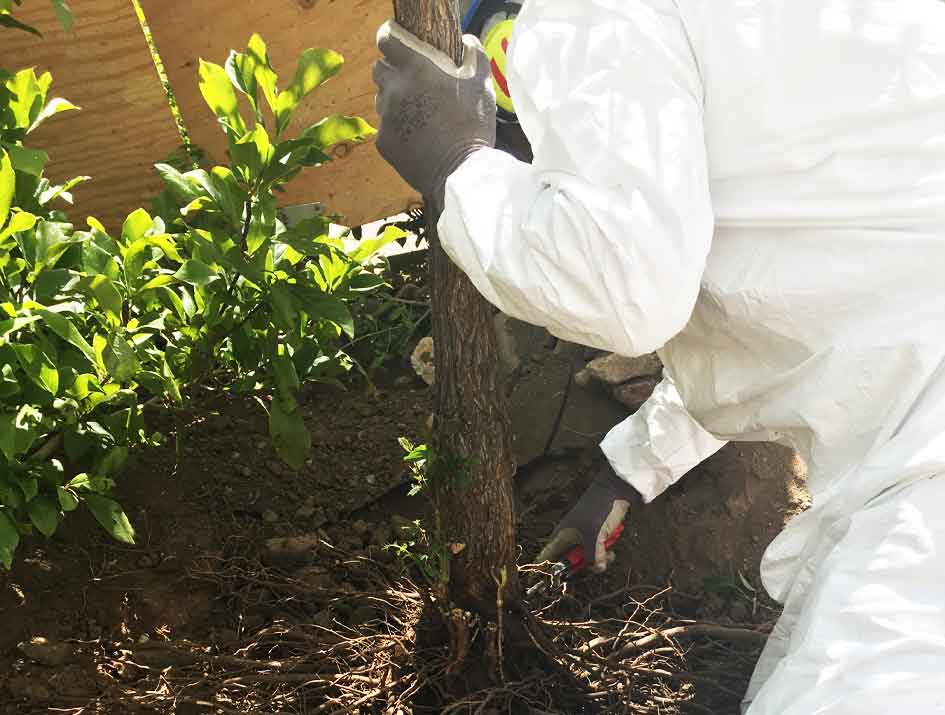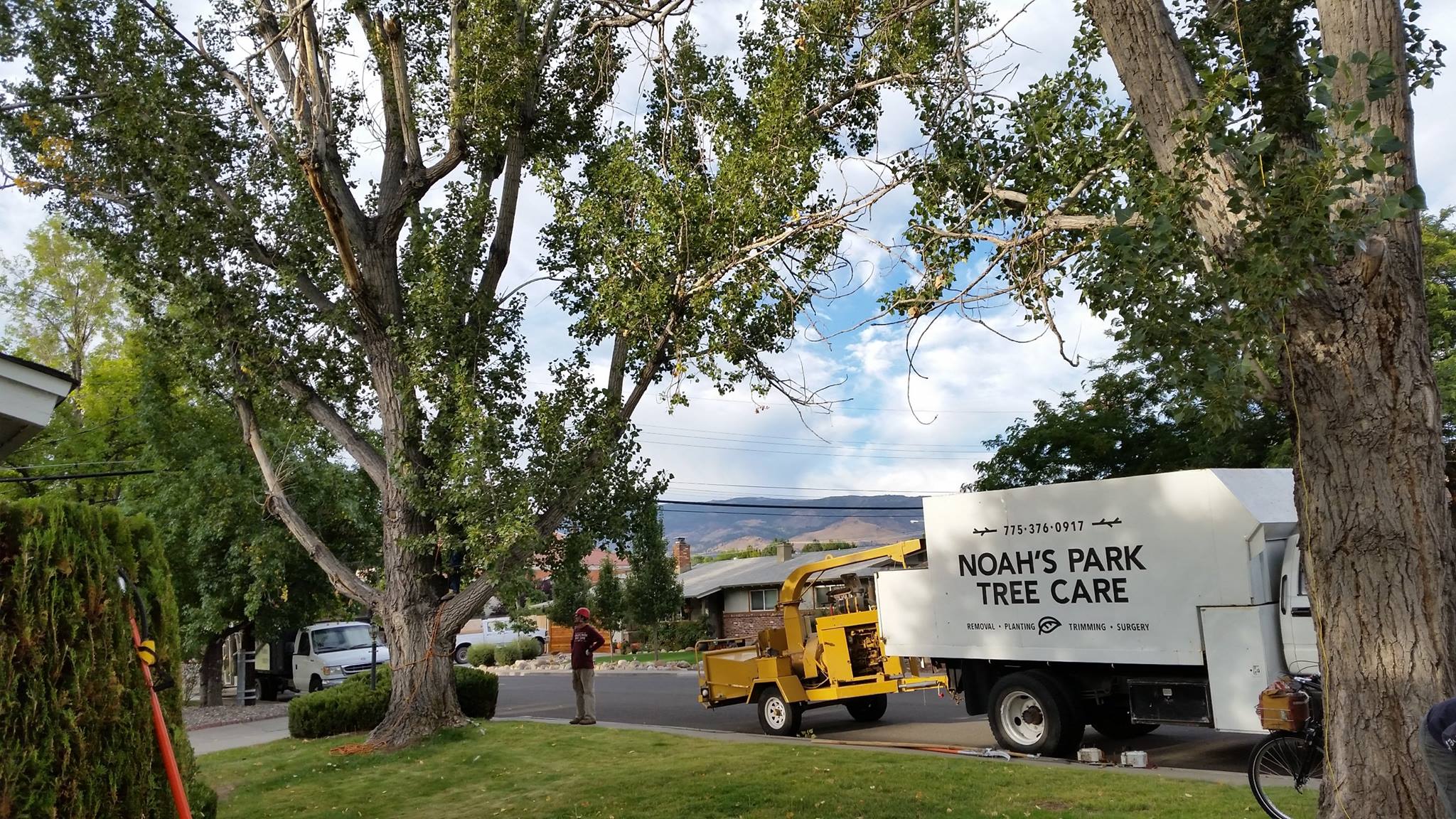Planting and Caring for New Trees
Adding new trees to your property can enhance its beauty, increase property value, and provide numerous environmental benefits. Planting and caring for a new tree during is crucial in its early years, and can be more successful when working with a certified arborist.


Sometimes, planting a tree is more complex and requires expert arborist knowledge. Make sure you talk with one of our ISA-certified arborists before you start the planting process.
1. Consider your climate: Select trees suited to your USDA hardiness zone.
2. Assess your space: Consider the tree’s mature size, both in height and spread.
3. Purpose: Decide if you want shade, privacy, ornamental value, or fruit production.
4. Soil type: Choose trees that thrive in your soil conditions (e.g., sandy, clay, loamy).
– Deciduous trees: Late fall or early spring
– Evergreens: Early fall or early spring
– Avoid: Hot summer months or frozen ground
1. Dig the hole: Make it 2-3 times more comprehensive than the root ball, but no deeper.
2. Prepare the roots:
– For containerized trees, gently loosen the roots.
– For balled-and-burlapped trees, remove any wire or burlap.
3. Position the tree: Ensure it’s straight and at the correct depth (root flare at soil level).
4. Backfill: Use the original soil, tamping gently to remove air pockets.
5. Water thoroughly: Create a small basin around the tree for efficient watering.
6. Mulch: Apply a 2-4 inch layer around the tree, keeping it away from the trunk.
Watering
– First two weeks: Water daily
– 3-12 weeks: Water every 2-3 days
– After 12 weeks: Water weekly unless there’s sufficient rainfall
– Tip: Deep, infrequent watering is better than frequent, shallow watering
– Wait until the second growing season to fertilize
– Use a balanced, slow-release fertilizer
– Apply in early spring before new growth starts
– Remove dead, damaged, or crossing branches
– Avoid heavy pruning for the first year
– Prune in late winter or early spring before new growth begins
Staking
– Only stake trees if necessary (e.g., in windy areas)
– Remove stakes after one growing season
– Use tree guards to protect against animal damage and sunscald
– Apply mulch to regulate soil temperature and retain moisture
First-Year Issues
Transplant shock: Symptoms include leaf scorch, leaf drop, and slow growth. Combat with proper watering and care.
Pests and diseases: Monitor regularly for signs of infestation or infection.
Competing vegetation: Keep grass and weeds away from the tree’s base.
By following these guidelines, you’ll give your new tree the best chance to thrive and become a valuable, long-lasting addition to your property. Remember, patience is key – it may take a few years for your tree to become fully established, but the rewards are well worth the effort!
Connect with us to improve your chances of success when planting your tree.
